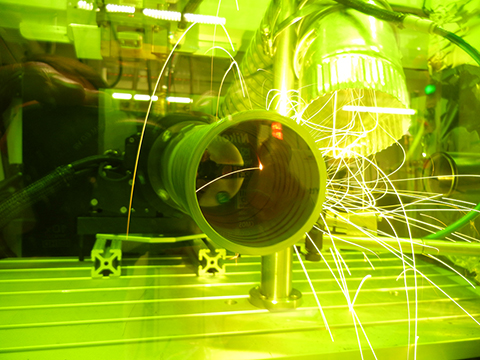Welding is said to be more art than science. In part, this is a nod to the vital, skilled work that welders perform. It’s also recognition of the fact that the physics of the process is really, really difficult to understand.
|
ADVERTISEMENT |
I joined a NIST project on laser welding about two years ago. Before this, I had studied materials for solar panels and had done some work in laser processing, but I had little interest in laser welding. What eventually drew me in, and what motivates me now, is just how complex laser welding is and the opportunity to contribute to the understanding of a process that is so intertwined with everyday life, yet so mysterious.

Act I: Creating a keyhole
The laser welding process begins, as one might imagine, when a laser is focused to the surface of a metal. Although the surface initially reflects most of the light, it absorbs enough to cause significant heating. This heating slightly changes the way the metal interacts with the light, which in turn causes more absorption and even more heating. Once the metal gets hot enough, it begins to melt and evaporate.
…
Add new comment